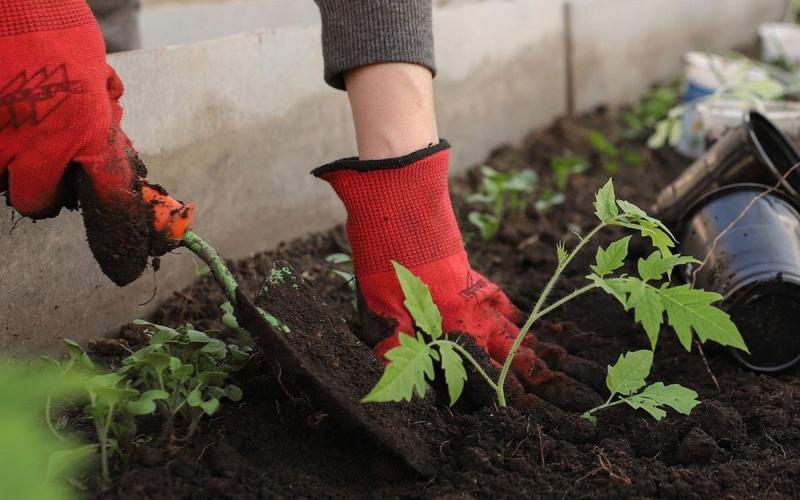Originally Submitted: June 23, 2021
Last week squash vine borer moths were observed in South Dakota. For this reason, it is important to scout for the moths as well as eggs on the stems of zucchini, squash, pumpkins and related produce. Squash vine borer moths emerge from the soil when approximately 1,000 degree days have been accumulated. In South Dakota, this typically means we see squash vine borer moth activity in late June and early July (Table 1). However, the hot weather that we have been experiencing has resulted in the rapid accumulation of degree days, and in some areas of the state, squash vine borer moths were likely active over a week ago (Table 2). Squash vine borer moths are likely active throughout the entire state at this time (Table 3).
In areas around Winner, Mitchell and Vermillion, egg hatch is either underway or will be happening soon (Table 3). For all other areas, scout the base of the potential host plants for small orange-red eggs. If you observe eggs, remove them by hand and destroy them. For information on identifying and managing squash vine borers in your gardens, please refer to this previous article.
Predicting Squash Vine Borer Activity With Degree Days
The emergence of squash vine borer moths can be estimated by using degree days with a developmental threshold of 50 degrees Fahrenheit. As mentioned previously, the squash vine borer moths emerge from the soil when 1,000 degree days have been accumulated. Once the eggs are laid on the stems of host plants, they require another 245–300 degree days to hatch. Once in the plant, the larvae will feed for another 660 degree days. The larvae will then emerge from the plants and burrow into the soil to pupate. The pupae require an additional 745 degree days before the next moths will emerge. We don’t normally see a second generation of squash vine borers in South Dakota, but it is possible.
As a reminder, the equation for degree days is:
(Maximum daily temperature + Minimum daily temperature) ÷ 2 - The Developmental Threshold
| Accumulated Degree Days | Squash Vine Borer Activity |
|---|---|
| 1000 | Moths will emerge from soil |
| 1245-1300 | Eggs will hatch |
| 1905-1960 | Caterpillars will feed within plants |
| 2650-2705 | Possible second generation of moths emerge |
| Location |
Jan. 1 – June 10 2021 |
|---|---|
| Buffalo |
|
| Newell |
|
| Rapid City |
|
| Hot Springs |
|
| Lemmon |
|
| Faith |
|
| Cottonwood |
|
| Mission |
|
| Selby |
|
| Gettysburg |
|
| Pierre |
|
| Winner |
|
| Aberdeen |
|
| Huron |
|
| Mitchell |
|
| Tyndall |
|
| Sisseton |
|
| Brookings |
|
| Vermillion |
|
| Location |
Jan. 1 – June 22 2021 |
|---|---|
| Buffalo |
|
| Newell |
|
| Rapid City |
|
| Hot Springs |
|
| Lemmon |
|
| Faith |
|
| Cottonwood |
|
| Mission |
|
| Selby |
|
| Gettysburg |
|
| Pierre |
|
| Winner |
|
| Aberdeen |
|
| Huron |
|
| Mitchell |
|
| Tyndall |
|
| Sisseton |
|
| Brookings |
|
| Vermillion |
|


